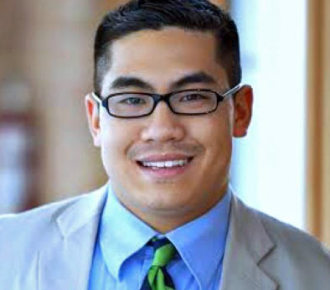Great news for Burbank Schools:
Each year Governor Brown has a May Revision Budget, which is an update to the budget he puts out in January. The May revision reflects Brown’s adjustments (and the political/fiscal realities that come with it) to the state’s current financial position. What does that mean for the Burbank community? Opportunity. Generally speaking, there’s more than $6.5 billion increase to the state’s General Fund from January’s proposal.
It’s widely accepted that much of this surplus came from Proposition 30, the legislature’s unusual fiscal restraint, and a booming state economy growing stronger each year. Even the Rainy Day Fund will be flush with over $600 million thanks in part to Proposition 2 passed last year.
There is now a proposed increase of $5.5 billion in General Fund revenues for K-12 schools (and others like Adult Education, Community Colleges and Universities). This is huge news, and reflects our opportunity as a community to seize the moment for our schools.
Parents and interested citizens, here is a breakdown for you on K-12, Undergraduate and Adult Education funding.
1.) The revised budget proposes an additional $2.4 billion for Common Core above the (one-time money) the January budget granted through Proposition 98. The original budget only provided $1.1 billion dollars to implement the Common Core State Standards, with an offset to mandate reimbursement claims. That brings the grand total funding to $3.5 billion dollars in discretionary funding.
2.) Proposition 98’s funds will exceed $6 billion. Prop 98 is a “guaranteed” funding source from our General Fund revenues.
3.) An additional $2.1 billion for the Local Control Funding Formula. That’s on top of the 4 billion proposed in January!
4.) The revised budget proposes an additional $150 million for Career Technical Education. That’s an increase on top of the $750 million proposed in January.
5.) The revised budget proposes $60 million for the next fiscal year for special education program implementations, changes, support services, and early childhood education. What’s the catch? The money can only be spent on improving student “outcomes,” as measured in the new Local Control Funding Formula. This is great news for special education kids.
6.) Adult Education advocates can be happy that the $500 million block grant for adult education stays.
7.) For the college bound: the revised budget flattens (keeps down) tuition at all state universities for two years.
8.) The revised budget also creates California’s first Earned Income Tax Credit to assist the neediest families
9.) The only bad news comes in the form of the Cost of Living Adjustment (COLA). Originally set at 1.58% percent in January; COLA drops to 1.02 percent. The Burbank Unified School District should not use this as an excuse to short change District employees when it come time for negotiations, as a bulk of the revenues continue to act as discretionary funds.
Where do we go from here?
Both legislative chambers are scouring through the Governor’s proposal and they separately need to come to an agreement on adopting their own respective proposals. Once this messy process is finished, a Conference Committee is formed (that’s a committee that has members from both chambers) to send a single, unified budget back to the Governor’s desk. The final adoption deadline is June 30, when our state leaders are constitutionally obligated to pass a working budget.
Parents need to be cautious of how the District approaches spending decisions, especially when they claim there are lack of funds for specific projects. As long as the needs fit into the Local Control Accountability Plan (http://www.burbankusd.org/
*Please note, due to the nature of the LCFF funding formula, the amount that actually comes to Burbank Unified will vary depending on its statewide average. Nonetheless, the positive financial outlook bodes well for almost all school districts across California*
###
Jesse Tangkhpanya is a Burbank resident and former candidate for school board. He sits as an alternate on the BUSD Bond Oversight Committee. Also, he is the labor relations representative for the California School Employees Association and the labor relations human resources business partner for Milo Digital.



